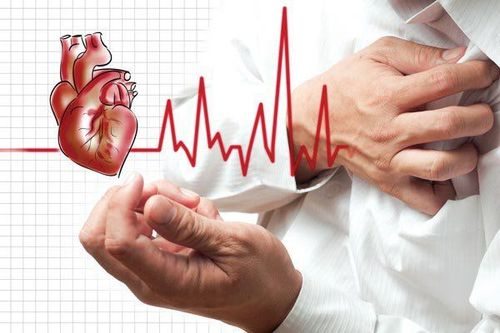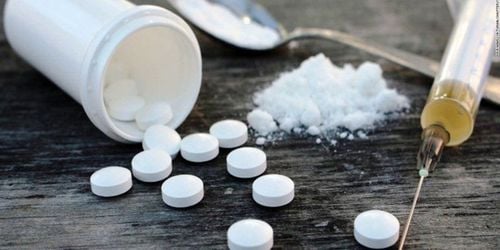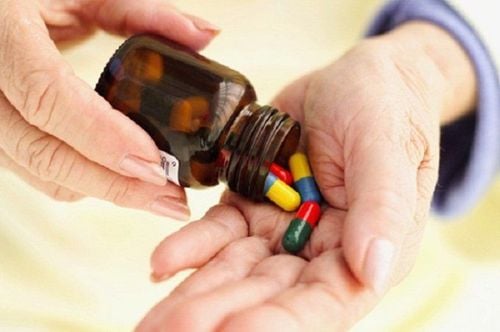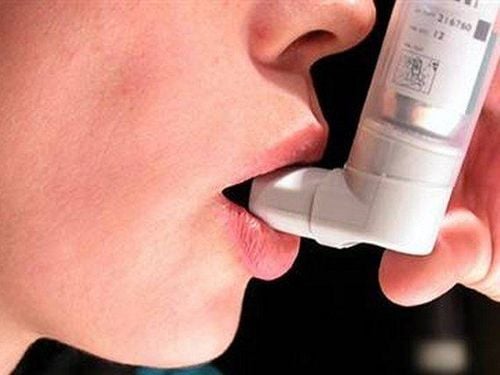This is an automatically translated article.
The article was professionally consulted by Doctor Tran Thi Diem Trang - Respiratory Internal Medicine Doctor - Department of Medical Examination & Internal Medicine - Vinmec Central Park International General Hospital. The doctor has more than 10 years of experience in the treatment of respiratory diseases.Acute respiratory failure (ARDS) is a very severe lung disease that requires immediate medical attention because it is potentially life-threatening. The following article will clarify symptoms, susceptible subjects and complications of acute respiratory failure.
1. Symptoms of acute respiratory failure
In acute respiratory failure, the normal exchange between oxygen (O2) and carbon dioxide (CO2) in the lungs is disrupted. As a result, not enough oxygen reaches the heart, brain or the rest of the body causing symptoms such as difficulty breathing, confusion, pale, pale skin and even life-threatening.Acute respiratory failure often occurs in the background of patients with heart and lung diseases or severe trauma. Symptoms can vary in severity and frequency such as:
Severe shortness of breath Unusually fast and labored breathing Low blood pressure Extreme confusion and fatigue Contraction of respiratory muscles Blue lips or fingernails cyanosis due to lack of oxygen in the blood Dizziness Profuse sweating Visible in the suprasternal hollow and intercostal spaces Children may have a bulging nostril.
2. Causes of acute respiratory failure
Acute respiratory failure can be caused by many causes.Sepsis is the most common cause of ARDS Inhalation of fumes from high concentrations of toxic chemicals Severe pneumonia Injuries to the head, chest, or other major trauma resulting from accidents, falls, direct trauma Lungs or brain areas that control breathing Pancreatitis, massive blood transfusions, burns Overdose on cocaine and other stimulants Nearly drowned.

3. Who is susceptible to acute respiratory failure?
Although it is impossible to be certain which patients will develop ARDS, there are several factors that may increase the risk of acute respiratory failure, including:Smoking Having oxygen therapy for other lung conditions Near recently had surgery Obesity Low protein in the blood Alcohol abuse Recently had chemotherapy.
4. Complications of acute respiratory failure
Acute respiratory failure can be fatal. According to an American Thoracic Society presentation, about 360,000 people suffer from acute respiratory failure each year in the country. About 36% of these cases died during hospital stay.This number may be higher depending on the underlying cause. The authors of a study in the European Respiratory Review found that people with the most severe forms of ARDS had a 42% mortality rate.
The majority of patients with ARDS are being treated for other diseases, so ARDS worsens existing diseases and increases the risk of:
Blood clots: When the patient is in the hospital for a long time due to mechanical ventilation, it can increases the risk of blood clots, especially in the deep veins of the legs. If a blood clot forms in the leg, part of it can break off and travel to one or both lungs and block blood flow to the tissues at the back of the blood vessel, called a pulmonary embolism Pneumothorax lungs: In most cases of ARDS, the person will be put on a ventilator to increase oxygen in the body and push fluid out of the lungs. However, the pressure and volume of air created by the ventilator can push air through the small hole on the outside of the lungs and cause the lungs to overflow. Infection : Because a ventilator patient is placed directly into the air This also makes it easier for germs to enter and further damage the lungs In pulmonary fibrosis: Scarring and thickening of the tissue between the air sacs can occur within a few weeks of started to have ARDS. This disease stiffens the lungs and makes it harder for oxygen to move from the air sacs into the bloodstream. Thanks to the advancement of treatment methods, the survival rate of patients with ARDS has increased. However, many survivors can leave serious sequelae such as:

Please dial HOTLINE for more information or register for an appointment HERE. Download MyVinmec app to make appointments faster and to manage your bookings easily.
References: Mayoclinic.org, Webmd.com, Lung.org













